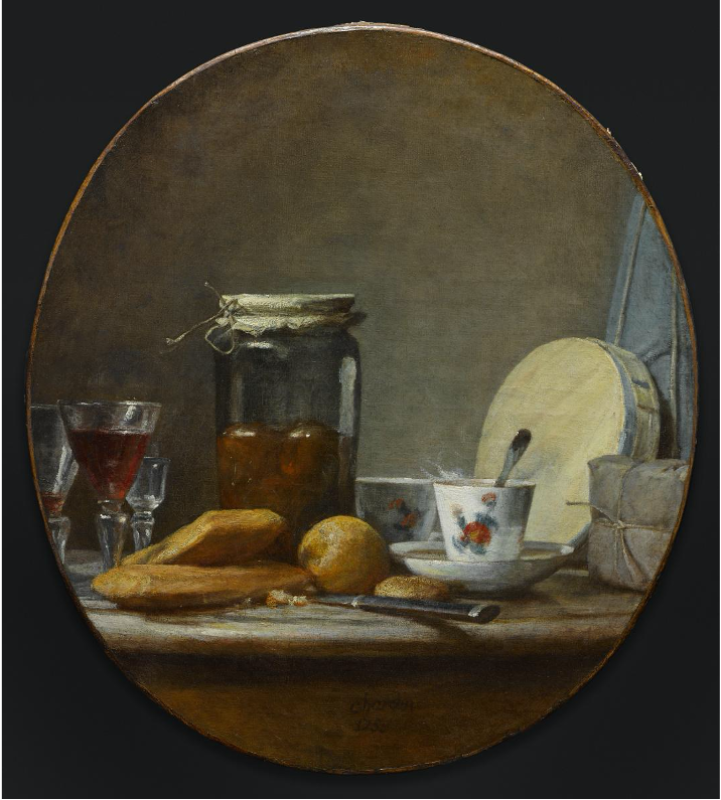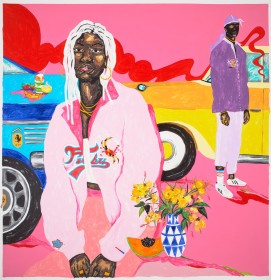Seniors Social: Jean-Siméon Chardin and Albert Gleizes

Jean-Siméon Chardin Jar of Apricots 1758 oil on canvas. Unframed: 57.2 × 50.8 cm. Purchase, 1962. © Art Gallery of Ontario 61/36
Seniors Social: Jean-Siméon Chardin and Albert Gleizes
Make new art connections and spark conversations! Join us for our free virtual Seniors Social program, a live monthly series for older adults that combines conversations with art and artmaking. The AGO believes providing opportunities to experience art and artmaking increases well-being.
How can artists represent the essence of an object or place most accurately? In today's session Lauren Spring looks at two examples of the ways in which artists have tried to represent "reality" over the centuries. Believe it or not, capturing the steam coming from the tea in Chardin's academic-style painting, titled Jar of Apricots, was motivated by the same impulse as Gleizes's cubist rendition of a bustling port in Marseille.
When looking at nature, does it have to be a far-off view? Why not up-close and personal, looking at your own iris or under a microscope or super far-out like from outer space? Artist Lauren Renzetti will show you how she looks at real objects to create large versions of Nature’s marvelous details. Lauren will walk you through looking at an object (rock, shell, seed pod, flower or even your own iris) and transform it into an abstract image
Materials:
- Several sheets of paper
- Pencil
- Four (4) strips of white paper (for cropping purposes)
- Coloured markers, pencils or watercolour paint
- Good lighting
- Mirror (if using your own iris)
- Or a small natural object − shell, bone, rock, flower, seed pod
Live sessions will contain automated closed captions.
Closed captioning is available in this recording.




